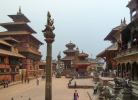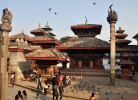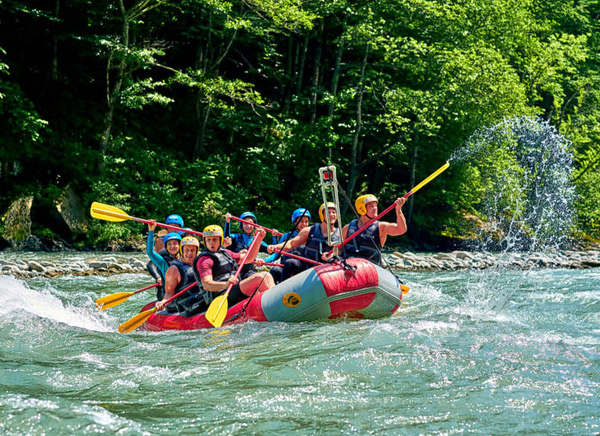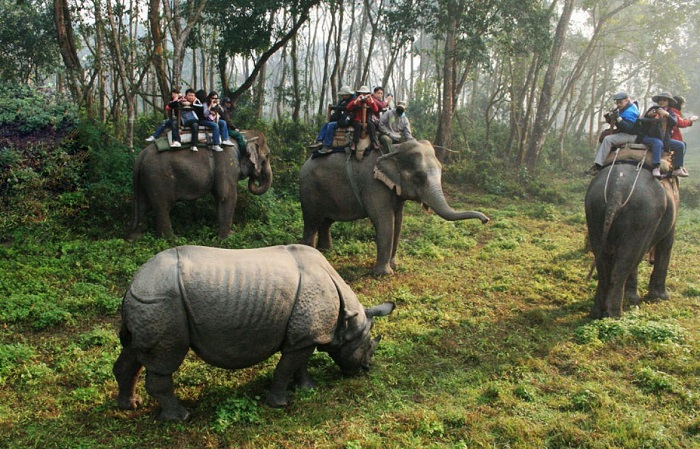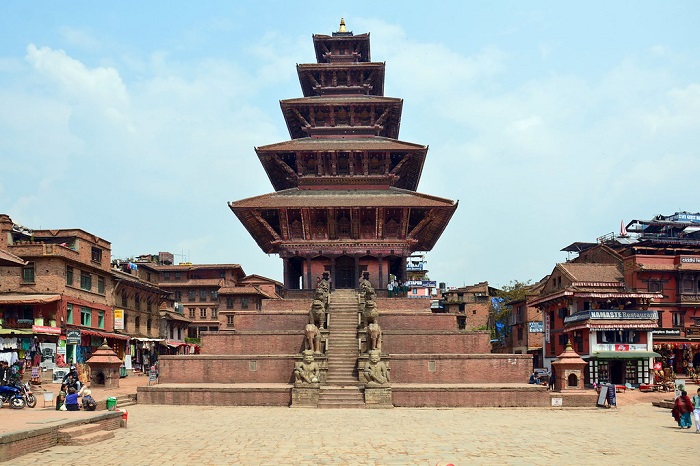Brief History of Nepal
Nepal is one of the worlds most beautiful place on the Earth with some of the astonishing and breathtaking picturesque that anyone would miss them. The country of Nepal which is located on the Himalayan mountain has been said to inhabited along the timeline of around 9 thousand years ago. However, the earliest record of people inhabiting Nepal dates back to 9th century B.C. who claim to be the native people of Nepal.
Around 2500 years ago people of Kirant ethnicity lived who were tribal people, migrated from mountain and jungles from various part of China and Central Asia. Very little documentation is there on them, but some facts are there that concludes that they were tribal people who arrived from west to become shepherds and farmers. It is estimated that they ruled over the region of Nepal for nearly thousand years.
During the reign of Kirant dynasty, today’s world most prominent person was born who is said to be Buddha. Buddha means enlightened one, and he has a huge impact in the history of Nepal and India as well. Buddha formed a religion which was further spread by Ashoka, the emperor of India and hence forming the roots to a peaceful relation between India and Nepal which are still present today.
In third century the Kirant dynasty fell due to attacks from other local ruler who were coming into power. The dynasty ruled over 1200 years with 29 kings that is very astonishing fact specifically during that time. The regions are still populated with Kirant people and carries out the rich heritage of their culture and history till date. In the year 353 the Indian ruler establishes the Nepalis empire in North India where Licchavi kingdom comes into the power. The Kingdom booms and trade grows with other kingdoms and surrounding places making it a power center in the region.
From 6th century there are very little records about any significant incidents that happened, and the time is usually referred to as the peaceful times where kingdoms grew and increased their trade with other neighboring kingdoms. However, during the mid 7th century a transitional kingdom was gaining power in Kathmandu region.
By the early 11th century Malla dynasty took control of the kingdom from Thakuri dynasty which have been in power from couple of hundred years old. Ari Malla was the first monarch of Malla Dynasty who started his rule in 1200 to 1216. The Dynasty stayed in power for next two centuries and saw some great leaders.
In 1480s the Malla kingdom was divided into three which were Kathmandu, Bhadgaon and Patan who all expanded at their own rate. However, they were soon raided by Mughal Empire in early 1500s. This also leads to the modern formation of Nepal as Shah Dynasty of Gorkha kingdom comes into power. Prithvi Narayan Shah establishes control over Kathmandu and foundation for a unified kingdom is laid in 1768.
The influence from British East India company and Chinese Tibet halt the expansion of the kingdom. In 1806 the first prime minister Bhimsen Thapa is elected who tries to expand the kingdom and stays in power till 1837. In 1923, December 21st a treaty with Britain is signed which declares Nepal’s sovereignty. In April 10, 2010 a republic of Nepal is formed and the monarchy is completely overthrown.


